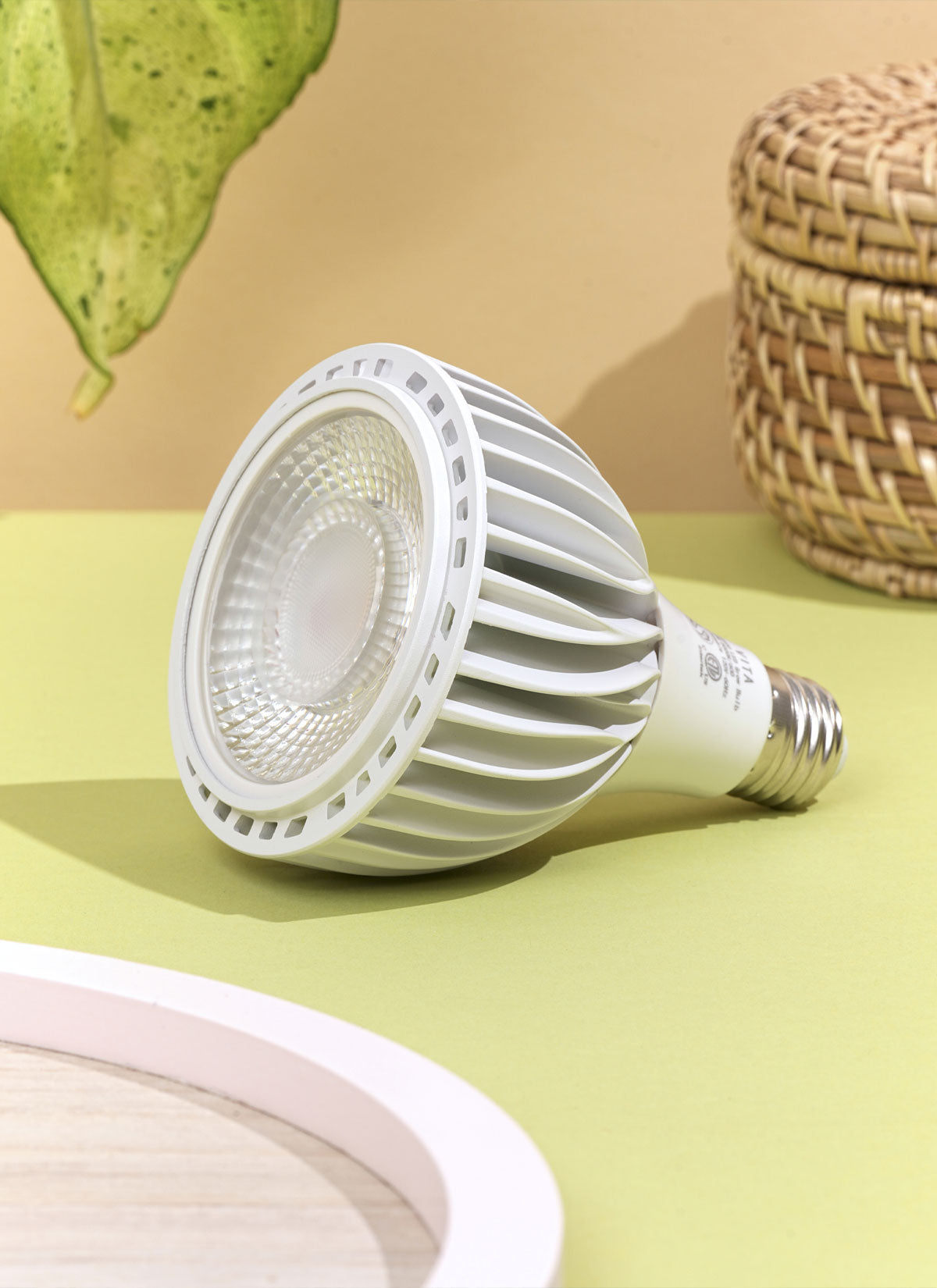Preferred Humidity: 40 - 60%; Moderate Humidity
Ficus Audrey plants need the right amount of humidity for their health and growth. These tropical plants do best in humid places, and if you give them the right amount of water, they will stay green and lush. Misting the leaves of your ficus Audrey with water on a regular basis is one of the best ways to increase the humidity around your plant. This will keep the leaves from drying out and help them stay moist. Make sure to use water at room temperature and a fine mist to keep the leaves from getting hurt. Putting a humidifier near your plant is a good idea. This will give your ficus Audrey a steady source of water and make the air around it more humid, which will help it grow. Make sure to clean and take care of the humidifier so mold or bacteria doesn't grow. You can also use a pebble tray if you don't have a humidifier. Put pebbles and water in a shallow tray, then put your plant on top of the pebbles. The water in the tray will evaporate, making the air around your Ficus Audrey more moist. In addition to these methods, you can also put your plants together in groups. Through a process called transpiration, plants release water into the air. Having a lot of plants together can help to make a more humid microclimate. Just make sure not to crowd your plants too much, as this can lead to problems with pests and diseases.




















